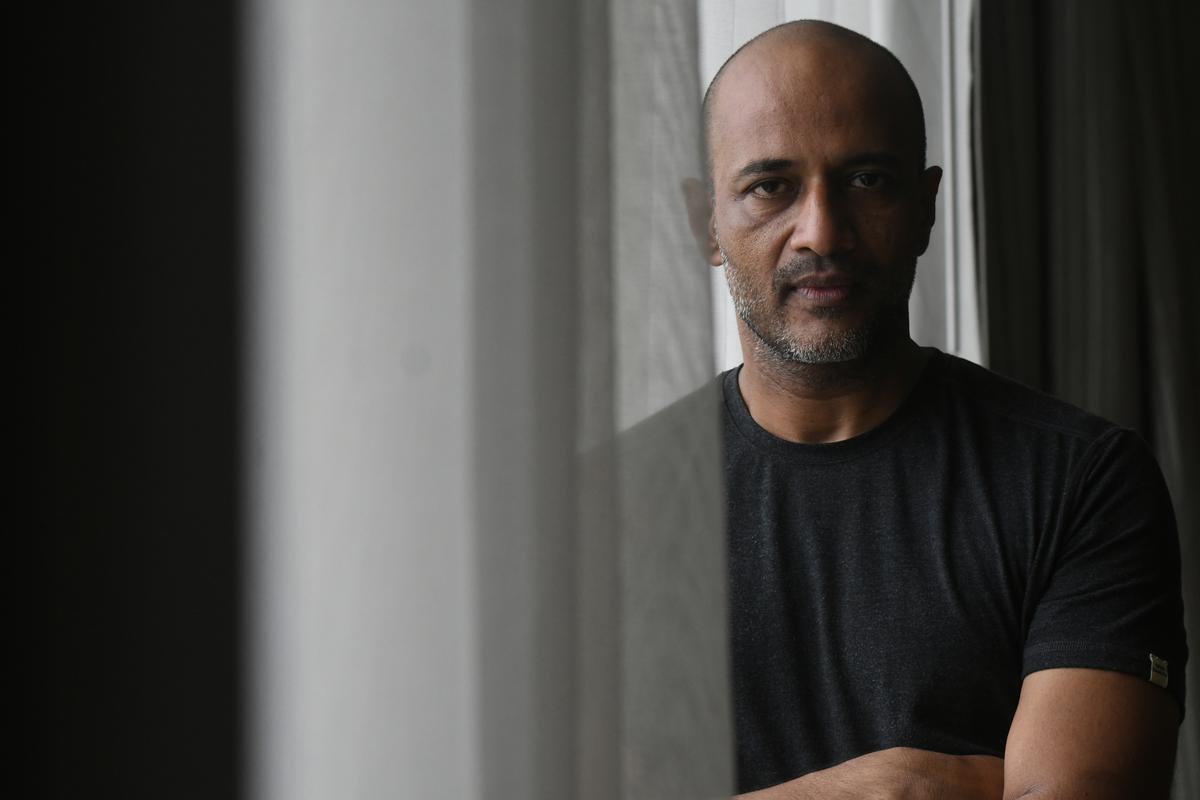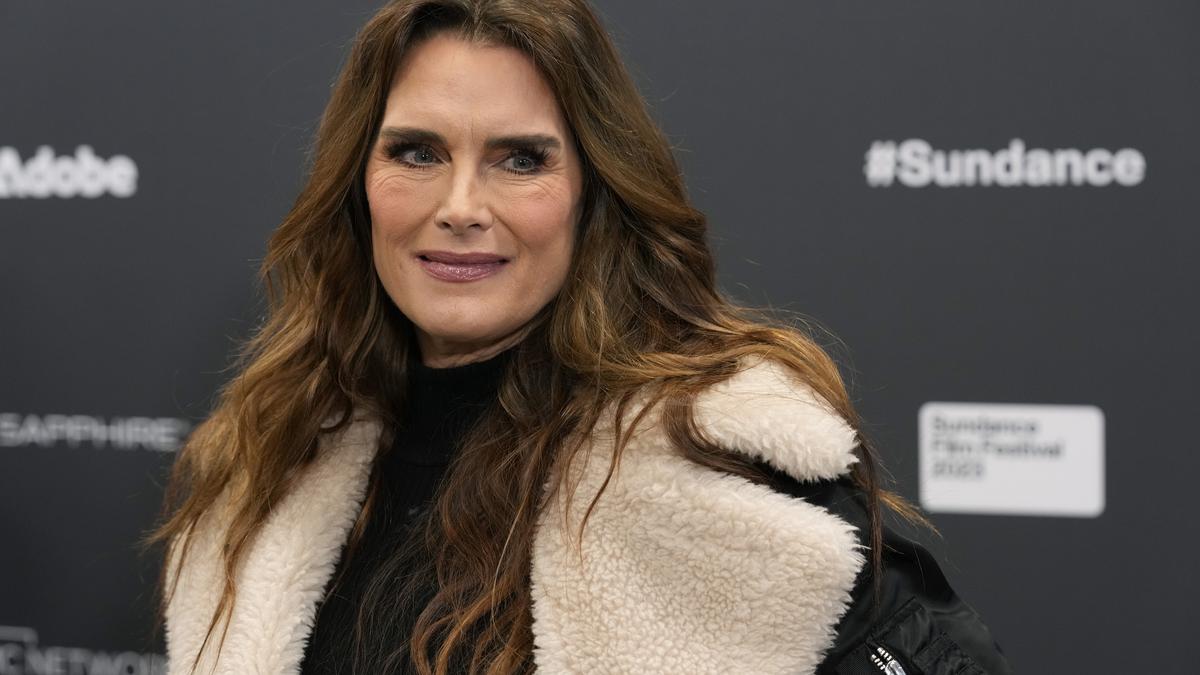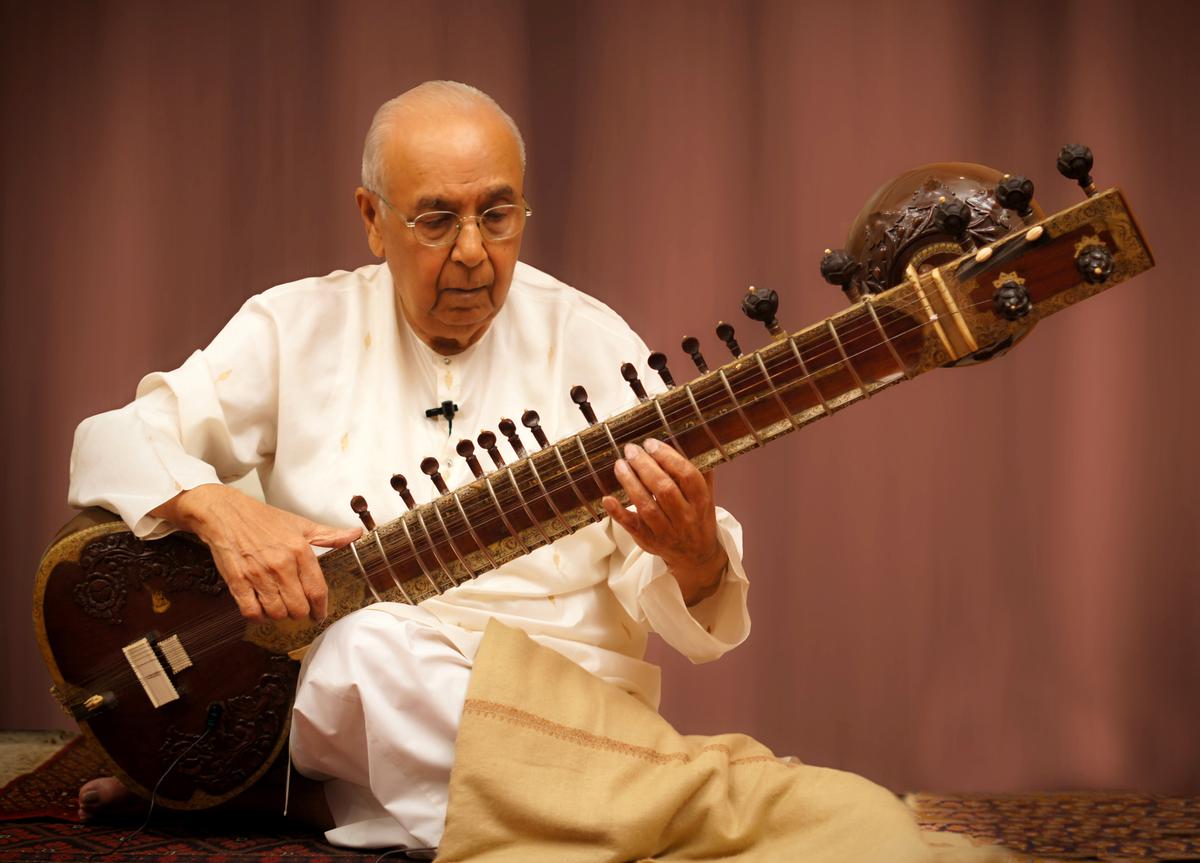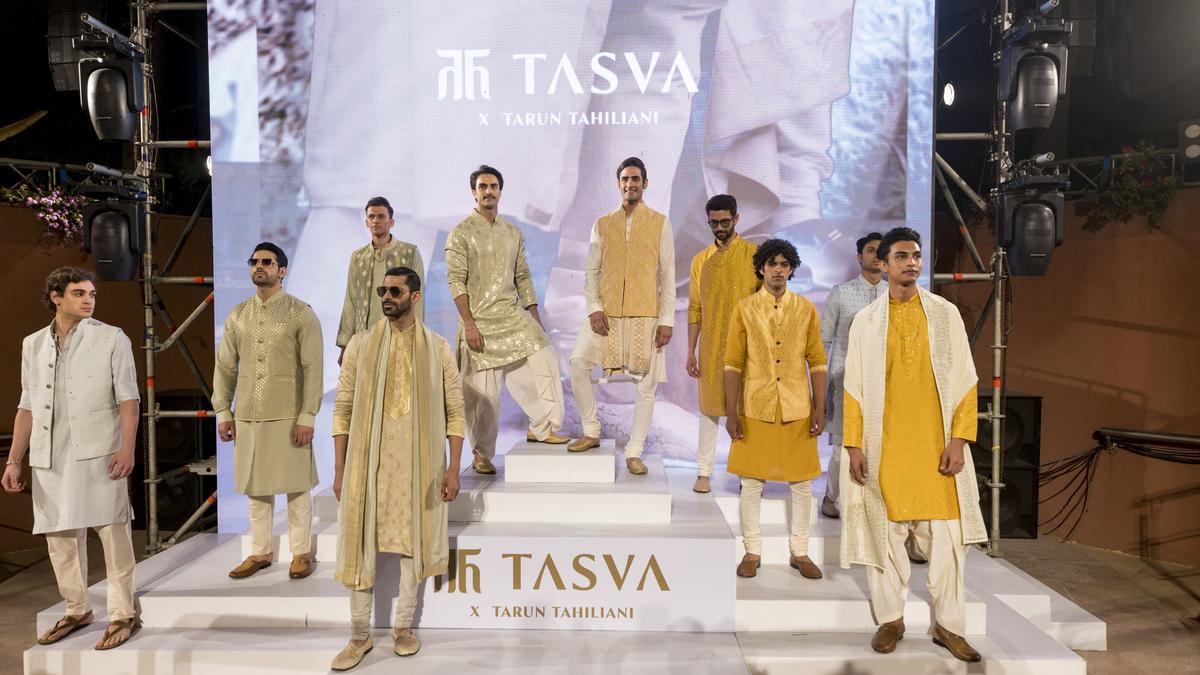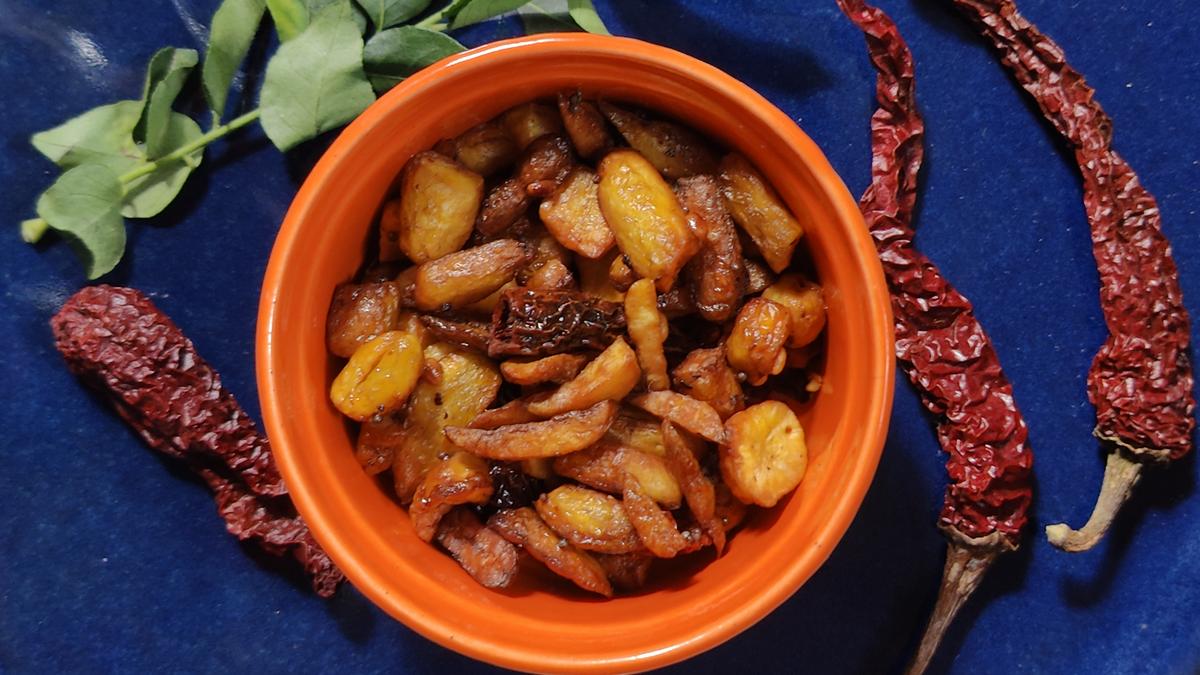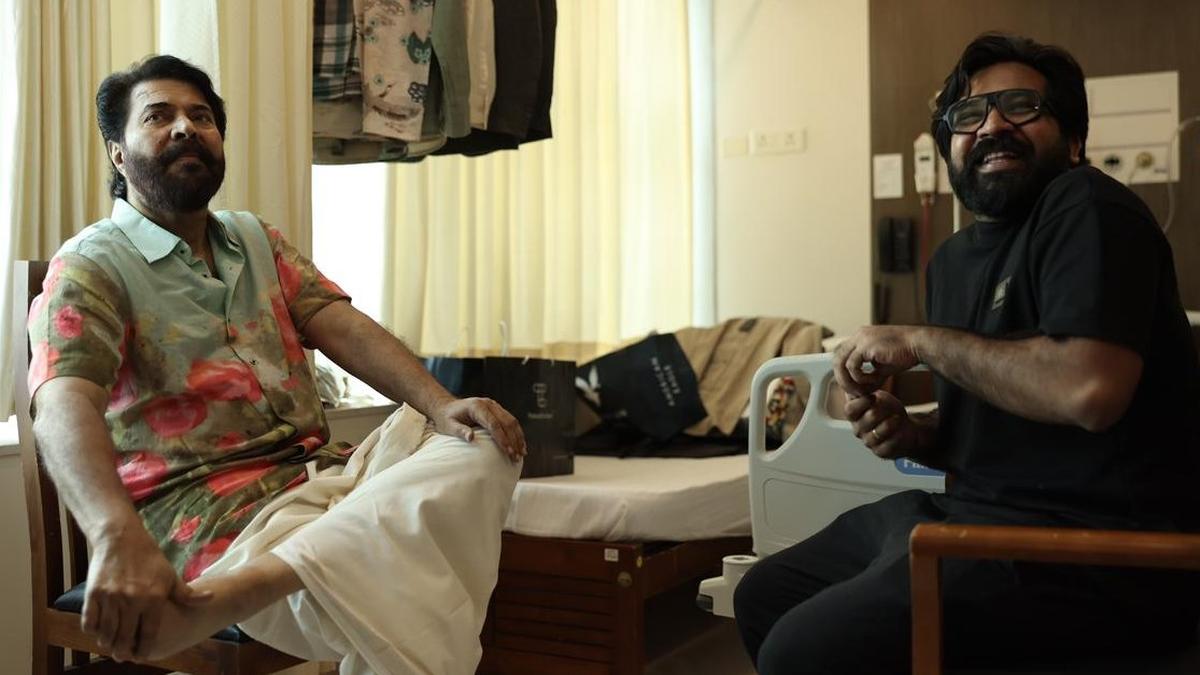Up-and-coming artistes chose interesting topics for their thematic concert, hosted by Naada Inbam recently
Up-and-coming artistes chose interesting topics for their thematic concert, hosted by Naada Inbam recently
The thematic music series, hosted recently by Naada Inbam, at Ragasudha Hall, was an interesting package. Young musicians regaled the audience with their unique choice of themes and kritis by various composers.
Preeti Sethuraman’s concert, themed on the ‘Vahanas of gods’, set the tone for the ten-day series. Preeti’s training aided her in choosing compositions by various composers that had specific references to the vahanas. Her dulcet voice enhanced the appeal.
Pleasing essays
Her repertoire included a dozen compositions in different languages and on various deities. Nevertheless, the concert format was retained throughout. The opening piece, on peacock, the mount of Muruga, was the varnam in Hindolam ‘Malmarugan murugan’ by Thanjavur Sankara Iyer. ‘Sri Mahaganapati’ in Gowla by Muthuswami Dikshitar, that followed next, was on Ganesha and his mount mooshika. Preeti’s pleasing raga essay of Sri led to ‘Tyagaraja mahadwaja’ by Dikshitar on Tiruvarur Tyagaraja. Here the charanam speaks about Shiva’s several vehicles like the celestial plane, demon, elephant, tree, and Mount Kailash. Raga Kalyani took centre stage, and a detailed raga exposition was followed by the rendition of ‘Swarnakala bhairavam’ on Kalabhairavar, composed by Swarna Venkatesa Dikshitar. Preeti delved deep into the phrase ‘Shunavahanam kripakaram’, which refers to the deity’s vehicle, canine.
Preeti Sethuraman with P. Akshaya on the violin, and S. Gomathi Shankar on the mridangam.
| Photo Credit: Special Arrangement
The evening also featured kritis such as ‘Garuda (eagle) gamana’ in Nagaswaravali (Patnam Subramania Iyer), ‘Andolika (palanquin) vaahane’ in Anandabhairavi, by Swati Tirunal, ‘Vanpuliyin (tiger) meedhinile’ on Iyyappan, in Kurunji, ‘Srichakra raja simhasaneswari’ (royal throne) in ragamalika, and Lalgudi Jayaraman’s Khamas thillana, which once again was on Muruga and his mount peacock.
P. Akshaya on the violin and S. Gomathi Shankar on the mridangam offered accompaniment.
Voice, his asset
Blessed with a deep and charming voice, Bharat Narayan chose to render songs themed on ‘Surya and Chandra’. He began with ‘Anandanatana prakasam’, in raga Kedaram, where references to Surya and Chandra figure in anupallavi and charanam respectively. This was followed by Tyagaraja’s ‘Raga sasi vadana’ (Takka), where there is a mention of Surya in the pallavi. He added a brief preface of Harikamboji to ‘Entuku nirdhaya’ (Tyagaraja), with niraval and swaras at ‘Indu nibhanana inacula chandana’.

Bharat Narayan (theme: Surya and Chandra), with Visvesh (violin) and Kaushik Sridhar (mridangam).
| Photo Credit: Special Arrangement
A fairly exhaustive Purvikalyani was built up, mostly deploying short and crisp phrases only. Puthucode Krishnamurthy’s composition, ‘Rajathi raja ravi vamsa soma’ was his choice here, and one could see the references to sun and moon. Narayana Tirtha’s ‘Aa lokaye Rukmini’ in raga Kiravani came up next. He preceded it with a detailed raga treatise, and added swaras at the madhyamakala charanam line ‘Chandrana bhaismi bhama’. It would be good for Narayan to invest more on the extended phrases in raga treatises to create a lasting impact on the listeners.
The other kritis that Bharat rendered were ‘Smaramamyaham’ in Ramapriya by Dikshitar, ‘Sripathi mukhe vilachite’ by Syama Sastri in Saveri, ‘Vishweshwaro rakshatumam’, in Kanada, and the concluding ‘Sri Viswanatham bhajeham’, the famous chaturdasa ragamalika, both by Dikshitar. The mention of Surya and Chandra in these kritis figure in the samashti charanam and in the fourth charanam respectively.
Violinist Visvesh played with consummate ease. His raga essays carried the soulful phrases missed by Bharat in his raga alapanas, and his swara sallies were equally energetic. Kaushik Sridhar’s support on the percussion was noteworthy.
Perfect choice

Amrit Narayanan (theme: Prakruti) with M. Vijay (violin) and Guru Raghavendra (mridangam).
| Photo Credit: Special Arrangement
Amrit Narayanan’s concert focused on ‘Prakruti’ (Nature). His singing was punctuated with explanations over his choice of kritis. Amrit’s open-throated singing made his presentation quite dynamic. He too packed his concert with a number of compositions. He chose the Kalyani kriti ‘Ammaravammaa’ by Tyagaraja, that speaks about Tulasi (basil), and the Varali Thiruppavai, ‘Azhimazhai kanna’ (on rain). Both had niravals and swaras at length. Amrit followed this up with Tyagaraja’s ‘Paramathmudu’ in Vagadeeswari and Purandaradasa’s ‘Sakalagrahapala’ in Atana that highlights the significance of prakruti. There were other pieces like Panchabootha kriti on air ‘Kalahastheesa’ in Husseni, ‘Gange mampahi’ in Chenchurutti, (both by Dikshitar), ‘Gayathi vanamali’ and ‘Sarvam brahmamayam’ by Sadasiva Brahmendral and Bharatiyar’s ‘Kaakai chiraginile’.
M. Vijay and Guru Raghavendra accompanied Amrit with grace and poise on the violin and mridangam respectively.
The Chennai-based writer reviews Carnatic music.



